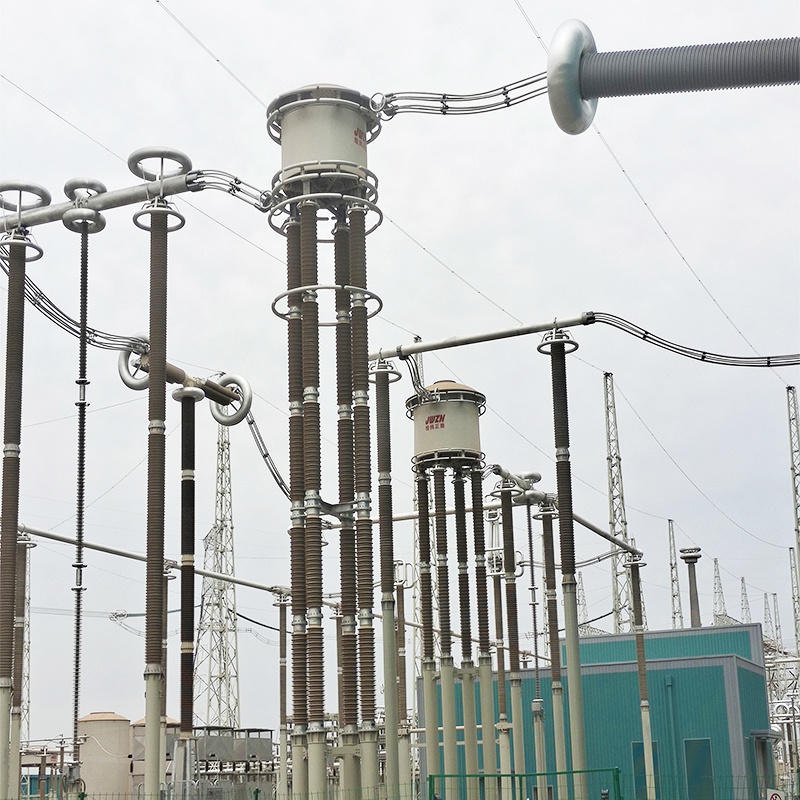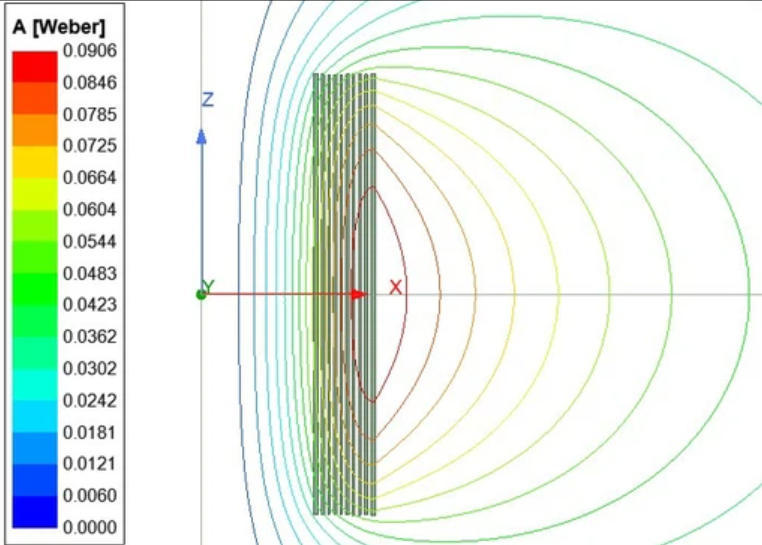Product Details
PLC reactor
The PLC reactor is a key component for noise filtering, typically installed on the AC or DC side of a converter station. It effectively filters out high-frequency harmonics, preventing interference
Key words:
PLC reactor
Category:

E-mail:
Details
PLC (Power Line Carrier) Reactor
Rated Voltage: Up to 800 kV
Core Functions
Installed at AC/DC terminals of converter stations to protect power line communication systems by:
1.High-Frequency Noise Suppression: Filters harmonics >10 kHz
2.PLC Signal Integrity: Prevents interference with 30-500 kHz carrier signals
3.Equipment Protection: Shields PLC modules from harmonic transients
4.Communication Stability: Ensures reliable data transmission across AC/DC networks
Performance Specifications
| Parameter | Standard Value | Customization Options |
| Frequency Range | 10 kHz - 2 MHz | Band-specific tuning |
| Insertion Loss | ≥40 dB @ 150 kHz | Up to 60 dB (high-noise) |
| Rated Current | 100 A - 5 kA | Higher ratings for bus applications |
| Q-Factor | 30-100 (adjustable) | Precision-tuned for target PLC band |
| Harmonic Attenuation | -60 dBc @ 50th order | Customizable notch filters |
Certification & Compliance:
EMC: EN 55011, FCC Part 15
Safety: IEC 62305 (lightning), IEC 62109 (converter interfacing)
Communication: IEEE 643 (PLC signal testing)
Note: Reactance tolerance ±3% standard (±1% precision optional)
Send Inquiry
We will contact you within one working day. Please pay attention to your email.
Related Solutions
A novel parallel reactor is connected to the power system in a parallel configuration to compensate for capacitive reactive power in the transmission and distribution system.
Intelligent Transformer Breather( ITB)
An IoT-enabled transformer accessory dedicated to digitalized monitoring of respiration metrics (flow rate, temperature, humidity) for large power transformers. It eliminates manual maintenance through active silica gel regeneration and delivers real-time insulation condition analytics.
Our wave trap surgically remove specific interference frequencies (e.g., 50/60Hz hum, RF noise). Featuring high Q factor and steep attenuation, they eliminate unwanted signals while protecting adjacent frequencies—boosting SNR, dynamic range, and system reliability in audio processing, RF design, and test & measurement applications.









